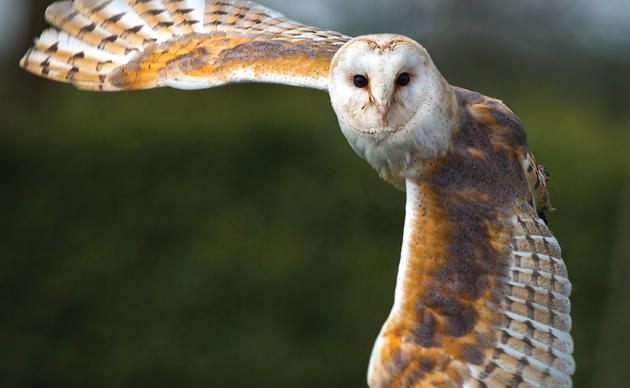North Carolina has 96 Important Bird Areas across the state that support wildlife in very special ways while offering a recreational playground for birds and people alike. In this special blog series, each of Audubon North Carolina’s 10 chapters will take a walk through their IBAs to give readers a glimpse of what can be enjoyed in our own backyards.
Please welcome guest-blogger and member of the Cape Fear Audubon Society, Gretchen Schramm.
“The Holly Shelter-Angola Bay site is an area of extensive forested habitats, including pine savannahs, pocosin, and cypress swamp. Most of the site is part of the state-owned game lands system managed by the North Carolina Wildlife Resources Commission. The site has one of the state’s most important longleaf pine communities and one of the best examples of pocosin habitats.” National Audubon Society
In the latter part of April, as spring was in full swing, a group of Cape Fear Audubon members congregated at the Holly Shelter Game Land for a bird-filled day.
The Holly Shelter Game Land is located 40 minutes northeast of Wilmington and covers approximately 75,000 acres of land supporting birds and their habitat. Features like floodplain forests, hardwood forests, longleaf pine savannas, pocosins, blackwater streams and the Northeast Cape Fear River all contribute to the Game Land’s unique attributes and its ideal location for birding throughout all four seasons, but especially Spring and Fall.
This area is special because it is home to many rare plants and animal species, including Longleaf Pine, pitcher plants and Venus’ flytraps, the Carolina Gopher Frog, Black Bear, deer, Rattlesnakes, salamanders and more than 140 species of birds. The diversification of plant, animal and bird life is primarily due to a wide variety of habitats within the boundaries of the Shelter. Because the majority of land is inaccessible to humans, the Shelter’s pristine condition is easily maintained contributing to the biodiversity.
Bring on the Birding
The morning was clear and warm with a slight breeze, which was most appreciated due to the number of biting insects that are present no matter what time of year. Our group consisted of about a dozen birders, many whom have years of experience under their belts and always prove to be valuable assets to our outings.
The first leg of our walk along a dirt road passed through thick woods on either side and produced sightings of Ovenbird, Worm-eating Warbler, White-eyed Vireo, Black-and-white Warbler, Prothonotary Warbler, Northern Parula, Red-bellied Woodpeckers, Downy Woodpeckers, Cardinals, Titmice, Chickadees and more.
The trail then meanders into an open space of shrubs and pine woodlands, revealing Prairie and Pine Warblers, Blue Grosbeak, Summer Tanager, Bachman’s Sparrow, Red-headed Woodpecker and Common Yellowthroat. Holly Shelter also contains at least ten percent of Southeastern North Carolina’s population of the beautiful and rare Red-cockaded Woodpeckers.
From there the trail narrows a bit and begins a new vista with the Green-tree Impoundment on the left and a southeastern floodplain forest habitat on the right. Part of the trail even runs along a dike that is parallel to the Northeast Cape Fear River. We heard a Yellow-billed Cuckoo and saw Blue-gray Gnatcatchers, Prothonotary Warblers, Vireos, Parulas, Swainson’s Warblers and Acadian Flycatchers to name a few.
Be aware this is also home to quite a few snakes that tend to bask on the sun-dappled pathway or drape over logs jutting into the water. We encountered these uninhibited snakes during our journey. Charley Winterbauer, who was ahead of the main group by a couple hundred yards, gingerly removed a Cottonmouth from harm’s way before the rest of us got to that particular bend in the trail.
Our path led directly back to the parking lot where we retrieved our cars and said our thank yous and good-byes for now. We once again thoroughly enjoyed an outing with our enjoyable bunch of friends.
I was so thrilled with the entire experience that I drove back to Holly Shelter the next day, and again the following week. These times I went back to explore the Lodge Road side of the property, which hosts an entirely different abundance of birds and terrain.
But that’s another story for another day!
Gretchen Schramm serves on the Board of Directors of the Cape Fear Audubon Society in Wilmington.



